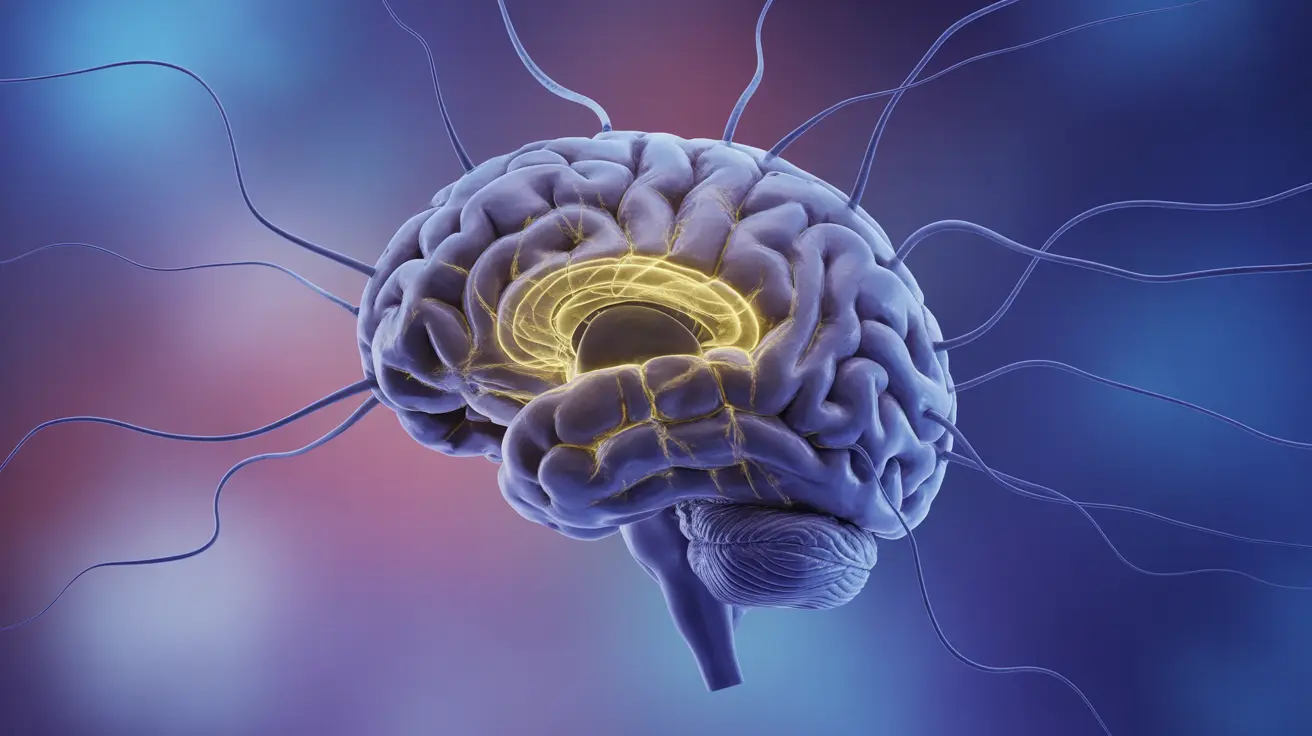The tragic passing of beloved Disney Channel star Cameron Boyce due to a seizure in 2019 brought unprecedented attention to Sudden Unexpected Death in Epilepsy (SUDEP). This devastating condition, while rare, highlights the critical importance of understanding and managing epilepsy effectively.
In this comprehensive guide, we'll explore SUDEP, its risk factors, prevention strategies, and the lasting impact of Cameron Boyce's legacy through his foundation's work in epilepsy awareness and research.
Understanding SUDEP and Its Impact
SUDEP occurs when a person with epilepsy dies suddenly and unexpectedly, with no other clear cause of death found during autopsy. In Cameron Boyce's case, he experienced a seizure during his sleep, which ultimately led to his passing at the young age of 20.
Medical experts believe SUDEP may result from several factors during or after a seizure, including:
- Breathing difficulties
- Heart rhythm problems
- Postictal suppression (reduced brain activity after a seizure)
- Changes in brain function affecting vital systems
Key Risk Factors for SUDEP
Understanding the risk factors for SUDEP is crucial for people with epilepsy and their caregivers. The primary risk factors include:
- Uncontrolled or frequent seizures
- Generalized tonic-clonic seizures
- Missing medication doses
- Having seizures while sleeping
- Young adult age
- Living alone
- Long duration of epilepsy
Prevention Strategies and Safety Measures
While SUDEP cannot always be prevented, several strategies can help reduce the risk:
- Taking anti-seizure medications as prescribed
- Maintaining regular sleep patterns
- Using seizure detection devices
- Having someone nearby during sleep
- Regular medical check-ups
- Avoiding known seizure triggers
The Cameron Boyce Foundation's Impact
Following Cameron's passing, his family established The Cameron Boyce Foundation to honor his legacy and make a difference in causes he cared about. The foundation focuses on:
- Raising awareness about SUDEP
- Funding epilepsy research
- Supporting young people's artistic and creative pursuits
- Advocating for better epilepsy care and education
Advanced Treatment Options and Technologies
Modern medicine continues to develop new approaches to manage epilepsy and prevent SUDEP:
- Smart watches and monitoring devices
- Responsive neurostimulation systems
- Advanced anti-seizure medications
- Surgical interventions when appropriate
- Dietary therapies
- Alternative treatment approaches
Frequently Asked Questions
What is Sudden Unexpected Death in Epilepsy (SUDEP) and how did it cause Cameron Boyce's death?
SUDEP occurred when Cameron Boyce experienced a fatal seizure during his sleep. This condition causes unexpected death in people with epilepsy, often during or following a seizure, with no other identified cause of death found during post-mortem examination.
What are the main risk factors that increase the chance of SUDEP in people with epilepsy?
The main risk factors include uncontrolled or frequent seizures, particularly generalized tonic-clonic seizures, missed medication doses, nighttime seizures, young adult age, living alone, and having epilepsy for many years.
How can someone with epilepsy reduce their risk of having a seizure like Cameron Boyce's?
Risk reduction strategies include strict medication adherence, maintaining regular sleep patterns, using seizure detection devices, avoiding known triggers, and ensuring someone is nearby during sleep when possible.
What role does The Cameron Boyce Foundation play in raising awareness about epilepsy and SUDEP?
The Foundation works to increase public understanding of SUDEP, funds critical epilepsy research, advocates for better care, and continues Cameron's legacy of supporting young people's creative endeavors while promoting epilepsy awareness.
Are there new treatments or technologies available to help prevent SUDEP and manage seizures?
Yes, current technologies include smart wearables for seizure detection, responsive neurostimulation systems, advanced medications, and various therapeutic approaches. Research continues to develop new treatment options and preventive measures.




